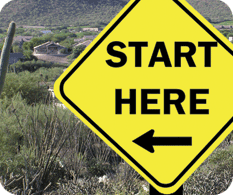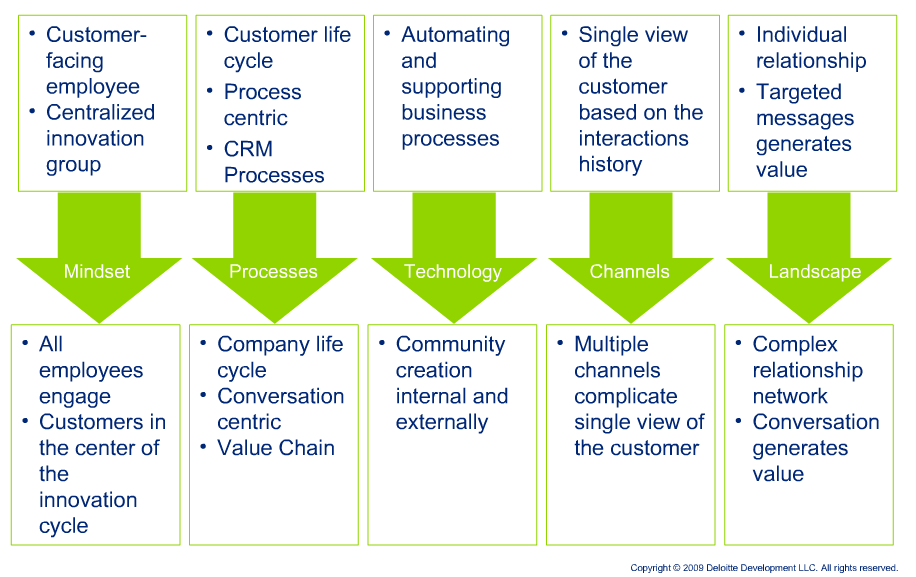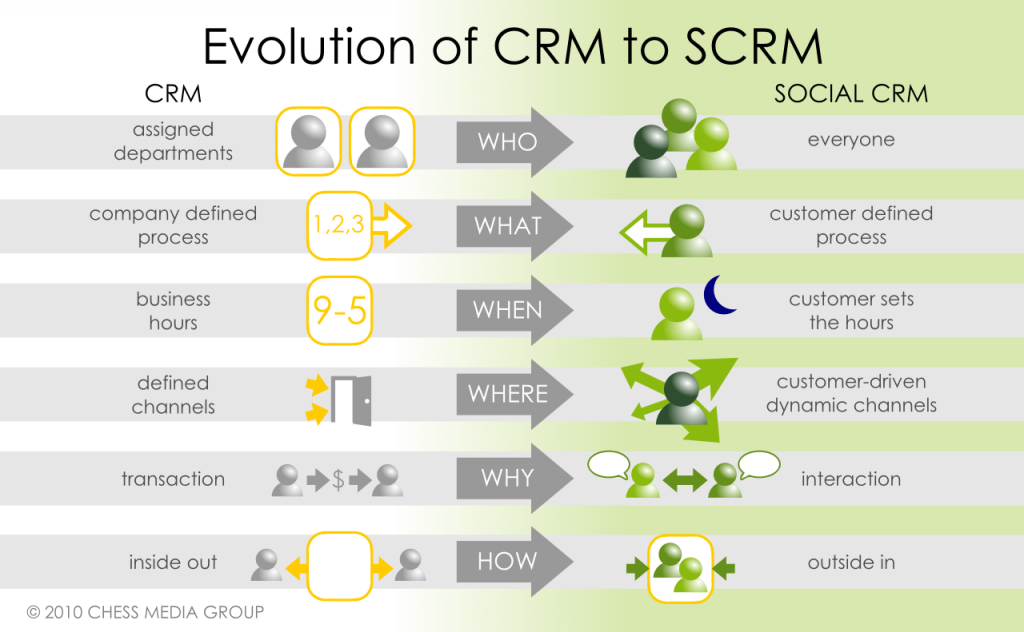UPDATED July 8, 2010
Chess Media Group in collaboration with Mitch Lieberman just recently released The Guide to Understanding Social CRM, a free whitepaper created to help brands and organizations navigate and understand Social CRM.
 I’m going to be speaking at the New Communications Forum (see sidebar link) in April on Social CRM. I’m currently collaborating with Esteban Kolsky on a what I hope will be a killer presentation. I reached out to Esteban because I greatly admire and respect his research and his work; I consider him to be one of the top leaders in the space. I’ll talk more about some of the things we’re going to be putting together as we get closer to the event. For now, I wanted to provide a high level introduction to social CRM for those that are not familiar with the topic.
I’m going to be speaking at the New Communications Forum (see sidebar link) in April on Social CRM. I’m currently collaborating with Esteban Kolsky on a what I hope will be a killer presentation. I reached out to Esteban because I greatly admire and respect his research and his work; I consider him to be one of the top leaders in the space. I’ll talk more about some of the things we’re going to be putting together as we get closer to the event. For now, I wanted to provide a high level introduction to social CRM for those that are not familiar with the topic.
In order to understand what Social CRM is we first have to understand traditional CRM. At the very basic level CRM is essentially a contact list with information about who you know, how you know them, and how you have interacted with them. You categorize people in your CRM tool as leads, friends, prospects, or anything else that helps you define who that person is and how you know them. What we are dealing with here is a collection of data about people that you “know”; you then use that data to help manage your relationships (which in most cases is with your customers). CRM has been around for over 20 years and has been used by both small and large companies to keep track of their customers. CRM systems are designed to create a process around the interaction that your company has with its customers in hopes of more efficiently closing a sale or resolving some sort of an issue. Examples of popular CRM systems include Salesforce, Zoho, Sugar CRM, and many others.
So what is Social CRM? Well, first let’s take a look at what has happened to get from CRM to Social CRM. The difference between these two is just one word, social. Social brings a new element into CRM because now instead of just dealing with data and information we are dealing with conversations and relationships with the social customer. These conversations and relationships take place not just from company to consumer but also from consumer to consumer. Think of twitter as a simple example. Let’s say you are a large brand on twitter such as Southwest Airlines. You are building relationships with your followers but you also have the ability to build relationships with and listen to (and engage) customers that are having conversations about you. Traditional CRM didn’t work with twitter or facebook or with any other social platform, it was just a collection of data and information. So again, the big different between CRM and Social CRM is that we now have all these conversations and relationships to consider.
Paul Greenberg, a leader in Social CRM defines it as such:
“CRM is a philosophy & a business strategy, supported by a technology platform, business rules, workflow, processes & social characteristics, designed to engage the customer in a collaborative conversation in order to provide mutually beneficial value in a trusted & transparent business environment. It’s the company’s response to the customer’s ownership of the conversation.”
Here’s a visual that I’m hoping will capture what this shift from CRM to Social CRM looks like, it was taken from a presentation by the folks at Deloitte.

UPDATE: Here is the visual that Chess Media Group created to help depict the change

Hopefully we now have a clear distinction (at least at a high level) between CRM and Social CRM.
Here are some things for you to think about as we will continue to explore this topic in the future.
- How can an organization take action based on the conversations and relationships that it fosters or engages in?
- How do you structure your organization in a way that is both efficient and scalable to take advantage of Social CRM?
- How can you take all of the unstructured data from the social web and structure it in a way that allows you to get actionable insight?
- How can you use Social CRM to empower your customers and grow your customer base?
Esteban has some very interesting ideas and frameworks for Social CRM and I’m hoping that we will be sharing it with all of you soon. Any questions thus far?
Comments